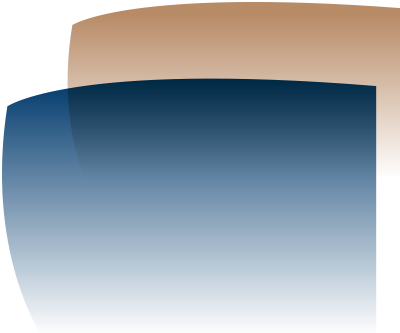

News

President’s Blog: Training pipeline – matching expectations with reality
Thursday April 17, 2025

We are privileged to exist in a club of high achievers, on a spectrum from mildly to freakishly high. The freakishly high achievers – the Nobel prize winners, Australians of the Year and their ilk – create glory in which we all bask.
Medical students, therefore, have every right to dream big about their future career from day one, because many will make it big. But most doctors don’t end up in the specialty with which they first fell in love. It’s not necessarily because they were outcompeted by their colleagues for a limited number of training positions; it may be that they found something better suited to them. The latter is a good outcome; it indicates an open-mindedness during the process of selection. But there will always be those who, try as they might, will not get into their most beloved specialty. That is the numbers game, and it has always existed.
Most of us know which specialties are particularly tough to get into and train in, and which are less so. I am in two minds about naming individual specialties here, for fear of perpetuating the notion of a “pecking order” of specialties. But I don’t mind admitting that I baulked at the idea of surgical training, for example, because I like to be at home at night, sleeping. I am not ashamed of that, and have great respect for those who do take on a life in surgery (and yes, I’m aware that some of you do get to sleep sometimes). The road to get into surgical training is also tough, with several years spent as a service registrar prior to formal training the norm for some disciplines.
These realities of getting into training, the training itself, and the career that follows as a consultant are not immediately apparent as a medical student and usually only materialise as a doctor in training. They go far beyond that initial abstract intellectual curiosity in a specialty that first begins in medical school, and are at least equally important to the decision-making process. This is why I will always encourage medical students and doctors in training who are considering their future career to be open-minded and maintain a backup plan – ideally, to foster an interest in at least two specialties. This might mean taking active steps towards building “CV points” for more than one specialty, but that can be achieved creatively without much more workload.
So when we encourage our next generation of doctors to dream big, when we put our most accomplished role models in front of them during medical school, how do we avoid setting them up for what they might perceive as failure simply because of the aspirations that we have encouraged? It’s important to choose those role models carefully. They should come from a broad range of specialties and practice settings, and some should not be specialists at all in the traditional sense.
We are likely in the future to need a significant number of a class of doctors not trained through the college system but with significant expertise and fulfilling an extremely important role in service delivery. They are referred to as career medical officers or hospitalists, and some service registrars also fulfil this type of role. Many doctors enjoy a varied, fulfilling and enjoyable career in these roles but for the aspirational medical student, it is a hard dream to sell when it is a virtually unknown quantity. There is a broader impetus for our profession to develop the attractiveness and sophistication of the career medical officer role, and that is to prevent continued scope creep and degradation of the quality of care by non-doctors, which poses an even bigger threat to the future careers of our junior colleagues than a shortage of specialty training places.
This is not to mention the challenge of selling several of our existing, traditional college-based specialties that we have difficulty filling when pitted against the glamorous, fancy alternatives.
In short, we need to sell all career options equally and on their own strengths and realities, and we need to do it from the first day of medical school.

